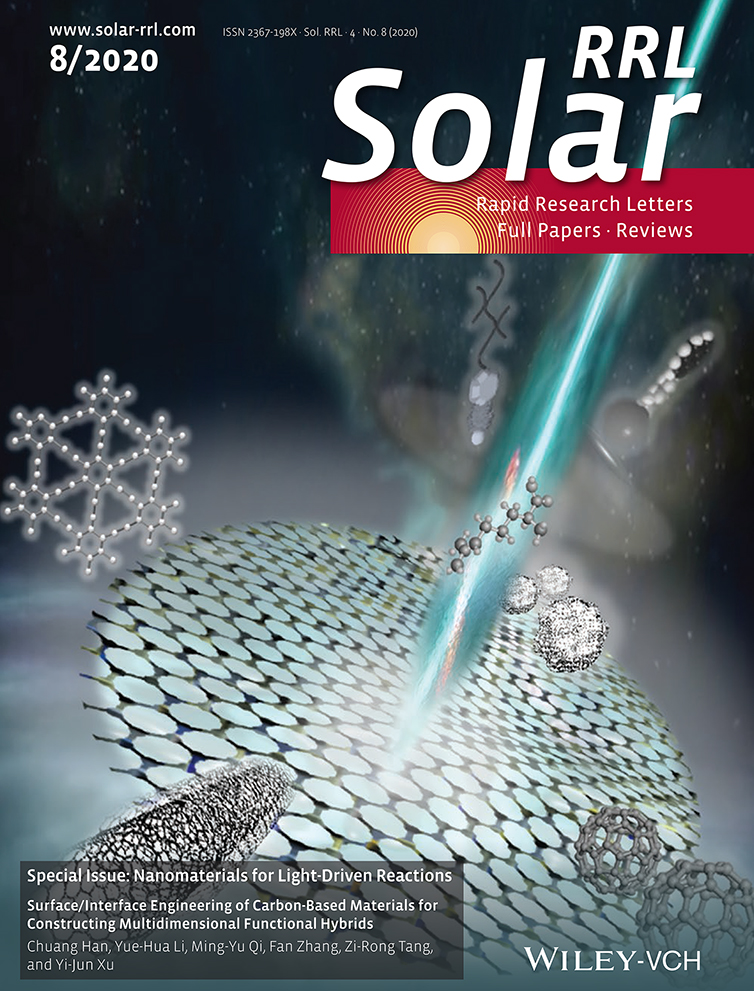Efficient Bio-Photoelectrochemical Reaction at a TiO2 Nanowire Array-Based Triphase Interface
Abstract
Herein, a high-performance photoelectrochemical (PEC) bioassay system based on the PEC and oxidase-catalytic coupled reactions at an air–liquid–solid triphase joint interface is reported. The triphase joint interface is constructed by immobilizing oxidases on the top of hydrophobic TiO2 nanowire arrays grown on transparent fluorine-doped tin oxide substrates. Such triphase reaction systems allow sufficient oxygen to constantly and rapidly transport to the reaction zone from the air phase directly, which greatly enhances and stabilizes the oxidase-catalytic reaction, leading to a ≈100-fold wider linear detection range and a higher detection accuracy compared with conventional liquid–solid diphase systems. Moreover, the single crystal nanowire arrays, possessing rapid photogenerated charge transport abilities, give the triphase PEC bioassay system a 32 times lower detection limit and a 12.8 times higher sensitivity compared with that of a randomly packed nanoparticle-based system. The design principle proposed here can be generalized to develop high-performance PEC bioassay systems for accurate analyte determination, given the availability, for a variety of oxidases.
Conflict of Interest
The authors declare no conflict of interest.




